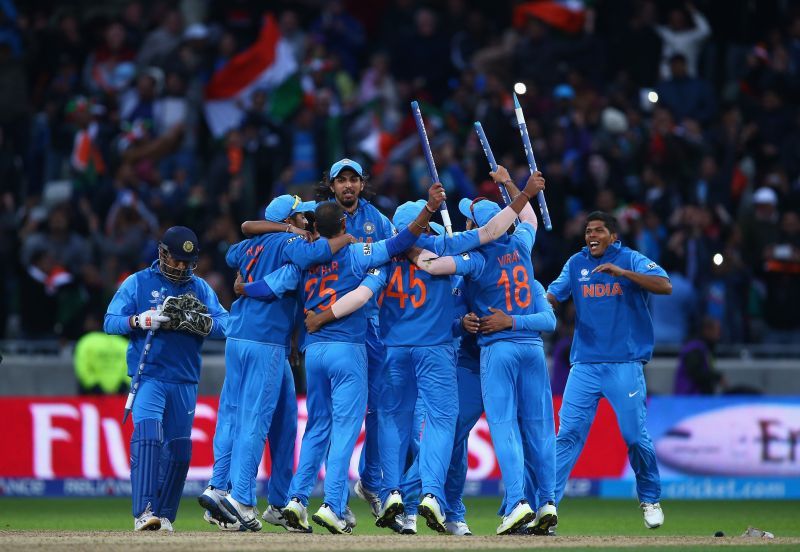
The best Indian ODI XI of the 21st century
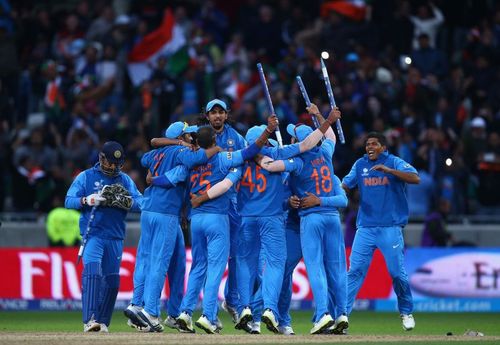
The 21st century has been an exciting time for One-Day cricket. During this period, the overall standard of fielding has increased exponentially, as have the batting and bowling aspects of the game.
From a team point of view, several sides have performed outstandingly during this period. India, along with Australia, and South Africa, have been few such teams to do so. The 1983 World Cup champions have played a positive and entertaining brand of cricket. India won a few significant tournaments this century, such as the 2011 World Cup on home soil, and the ICC Champions Trophy in 2013.
A plethora of talent has blessed the team in the last two decades. Several players stake their claim to finding a place in the Indian ODI team of the 21st century. The said side, consisting of 6 batsmen, one wicketkeeper, one spinner, and three fast bowlers, is expected to perform well in all conditions.
Without further ado, let us meet the players who make the XI and who doesn't.
Openers (1-3)
Sachin Tendulkar
.
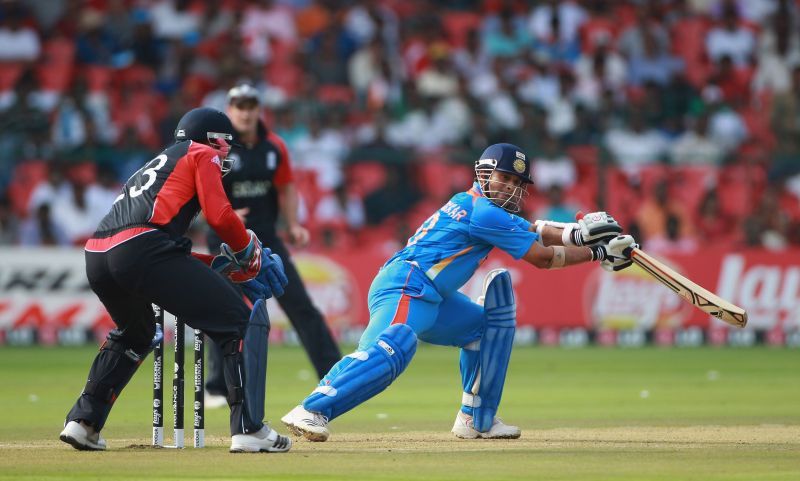
.
There are no surprises for the first name on this team. It is that of a certain Sachin Tendulkar. Tendulkar, a childhood prodigy, was selected to play for India at the tender age of 16. The right-hander was a consistent run-scorer for India during a stellar 23-year career from 1989 to 2012.
For this article, let us focus on his efforts in the 21st century. It is incidentally the most prolific half of his career (9855 runs at an average of 46.70, including 25 centuries). A testament to his class is the fact that, during this period, Tendulkar averaged 40-plus against every Test-playing nation except Australia (39.19).
Tendulkar started the century with a bang, smashing 1328 runs in 2000, and 904 runs the next year. Since then, the 'little master' has played a few brilliant innings. A blistering 98 off 75 balls against Pakistan in the 2003 World Cup and 138 against Sri Lanka in 2008 are a few such innings.
One of the hallmarks of Tendulkar's career was his impeccable gift of timing rather than hitting the ball hard. The Mumbaikar, who is the first player to score a double century in O.D. Is, not surprisingly, has the most runs (18426) by any player in ODI history.
Rohit Sharma
.
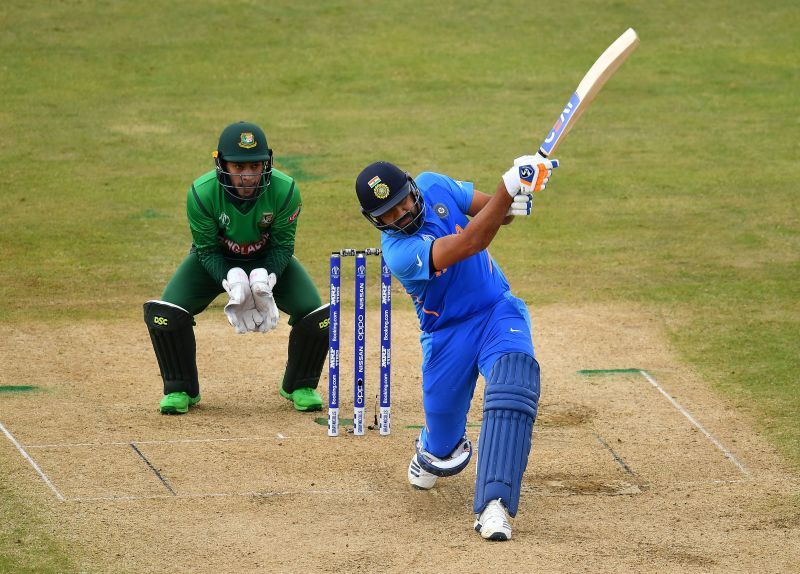
.
Rohit Sharma would open the innings with Tendulkar. Sharma narrowly usurps another prolific opener, Virender Sehwag, to make this team. Despite both men having played over 200 ODIs and scored at least one double hundred, Sharma gets the nod owing to his superior numbers.
Sharma was regarded as a highly-talented batsman touted to achieve great things. However, in the initial years of his career, he was more promise than potential. By the end of 2012, Sharma had a modest ODI average of 30.43 from 81 innings, scoring only two centuries. He was scoring runs but not consistently enough to seal a regular place in the side ahead of other contenders.
But all that changed in 2013 when the right-hander was offered an opportunity to open the innings against England in Mohali. Sharma played an impressive innings of 83, highlighted by authoritative pulls and sweeps, and has not looked back since. In fact, since that match, he has averaged a splendid 59.47, with 27 centuries, with his career average careening up to 49.27.
In November 2013, Sharma became only the third batsman to score an ODI double century when he amassed 209 against Australia. Almost a year later, he became the first player to score 250 in an ODI innings, bagging 264 against Sri Lanka at the Eden Gardens in Kolkata. In the process, the then 27-year-old became the first player in ODI history to score multiple double centuries.
Another double century flowed from the scorching blade of Sharma against the same opponents in 2017. Two years later, at the 2019 World Cup, the right-hander became the first player to score five hundreds in a World Cup campaign, cementing his place as one of India's all-time ODI greats.
Virat Kohli
.
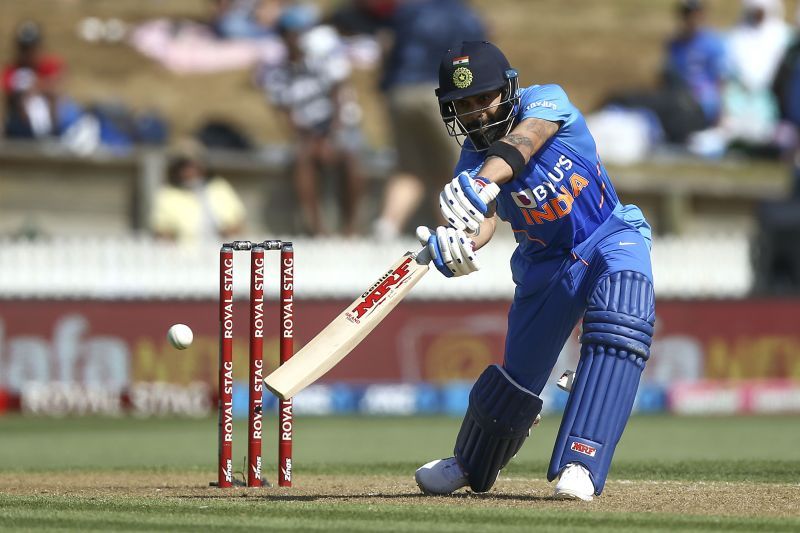
.
Sharma's team-mate and captain in the present ODI team, Virat Kohli, is the next name in our list. The Delhi player has mind-boggling stats in the format. One could be forgiven for looking at them twice lest they are not typing errors.
Kohli, who made his ODI debut in 2008, has scored 11867 runs in 248 matches at a fabulous average of 59.33. The right-hander's 43 ODI hundreds are only behind that of compatriot Tendulkar's 51 in the all-time list.
Blessed with a good technique and natural talent, Kohli has an insatiable hunger for runs. Every time the 31-year-old walks out to the middle, he has unwavering focus and is determined to score as many runs as possible.
Kohli is a World Cup winner, having been part of the team that beat Sri Lanka in the 2011 final to win their second title in the tournament.
Middle-order (4-5)
Rahul Dravid
.
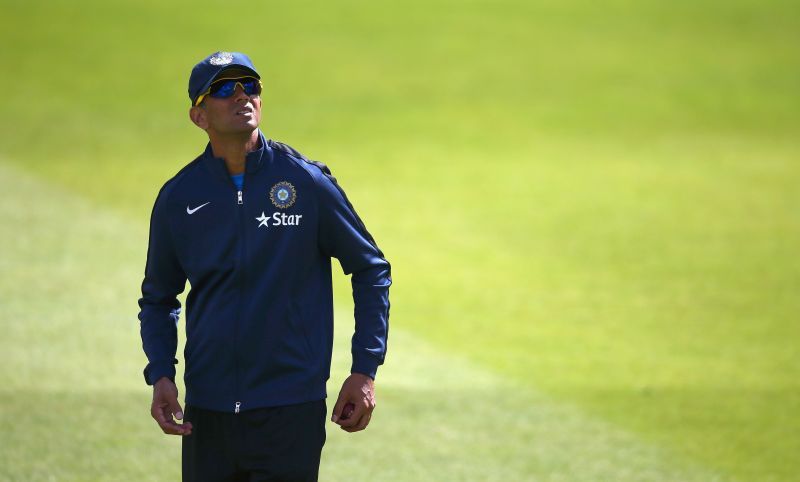
.
Rahul Dravid is a shining example of a Test player who successfully adapted his game to suit the 50-over format. Dravid produced several excellent performances in ODIs during his career that spanned from 1996 to 2011.
During the 21st century, Dravid scored 7298 runs at an average of 39.87, including five centuries. Renowned for his ability to spend a long time at the crease, the Karnataka batsman is one of 7 players to have scored 10000 runs in both ODIs and Tests.
But one should not forget that he could also score at a fast clip when the situation so warranted. Dravid scored a 22-ball half-century against New Zealand in 2003 and 92 off 63 balls against England in 2007.
Yuvraj Singh
.
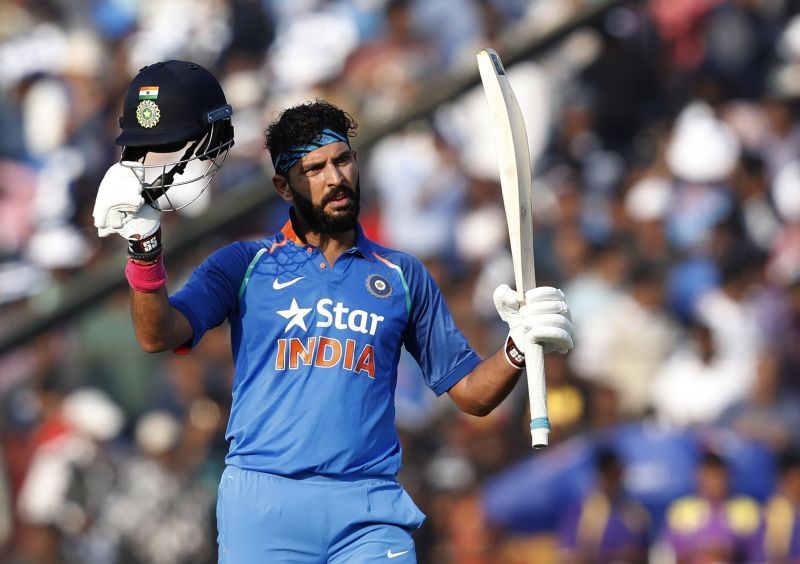
.
Yuvraj Singh announced himself on the world stage when India locked horns with Australia in the ICC Knockout Trophy quarterfinal in 2000. In only his second ODI appearance and first ODI innings, the left-hander scored an impressive 84 off 80 balls as India won by 20 runs.
Exhibitng maturity beyond his 18 years, Singh fearlessly took on an Australian attack of Brett Lee, Glenn McGrath, and Jason Gillespie with aplomb. Playing stylish flicks and beautiful drives, the left-hander earned the Man-of-the-Match award as India won the game by 20 runs.
Singh went on to fulfill his potential and cement his place as one of the greatest ODI players the country has ever had. When he retired from all forms of cricket in 2019, he had scored 8701 ODI runs in 304 matches at an average of 36.50. Singh also took 111 wickets during his near two-decade-long career.
The left-hander was one of the architects of India's triumphant World Cup campaign on home soil in 2011. Singh, who scored 362 runs and took 15 wickets in the tournament, was at the crease when captain MS Dhoni struck the winning six to seal the win.
Wicketkeeper (6)
Mahendra Singh Dhoni - Captain
.
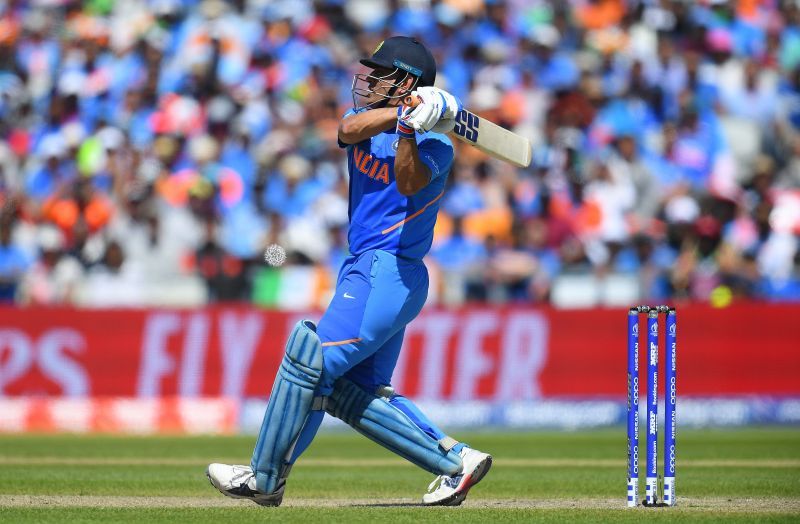
.
Despite an unorthodox technique, MS Dhoni forged a reputation as one of the best finishers the game has ever seen.
Dhoni scored over 10 000 ODI runs in 350 matches, at an average of 50.60. Known for his calmness, the Jharkhand man is able to think logically in pressure situations. His tried and trusted method, particularly in chases, is to take the game deep and then back himself to make the big hits in the last few overs. Sometimes it does not work, but mostly it does.
There are quite a few examples of Dhoni winning India ODI games when the team needed ten or more runs in the final over. The final of the West-Indies Tri-Nation series in 2013 and the fourth match of the CBC series in 2012 against Australia are but two of such games.
With an average of 102.71 in successful run-chases, Dhoni is the ideal man to take the No. 6 spot on this list. Dhoni has featured in 112 victorious games when the team batted second, with the right-hander remaining unbeaten on 46 occasions in 73 instances when he was required to bat.
Dhoni (444) is one of only four wicketkeepers, the others being Kumar Sangakkara (482), Adam Gilchrist (472), and Mark Boucher (424), to effect over 400 dismissals in O.D. Is. Thanks to his lightning-quick reflexes, Dhoni is the only one among the quartet to effect over 100 stumpings (123).
The right-hander has the record of the highest ODI score by a wicketkeeper when he smashed 183 against Sri Lanka in Jaipur in 2005. As a captain, Dhoni's 110 ODI wins are only dwarfed by Ricky Ponting (165). Thus it is no surprise that the Jharkhand man would don the dual duties of wicket-keeping and captaincy for this team.
Irfan Pathan
.
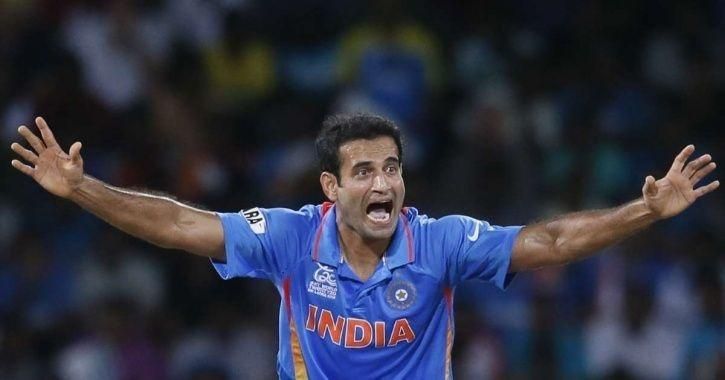
.
Irfan Pathan slots in at No. 7 on this list. Pathan, a bowling all-rounder whose ODI career spanned from 2004 to 2012, captured 173 wickets in 120 matches at an average of 29. 72. Moreover, he was a handy batsman who scored 1544 runs at 23. 39, including five half-centuries.
In his prime, Pathan was almost unplayable with the ball in hand. During the period between 2004 and 2007, the left-armer was able to trouble the best of batsman by generating swing through the air. He could bowl, in particular, a lethal in-swinger to the right-hander.
A batsman with the ability to hit the ball far, he was often promoted up the order with some success. However, after 2007, Pathan struggled with injuries and form and made his final international appearance at only 27 years of age.
Bowlers (8-11)
Ajit Agarkar
.
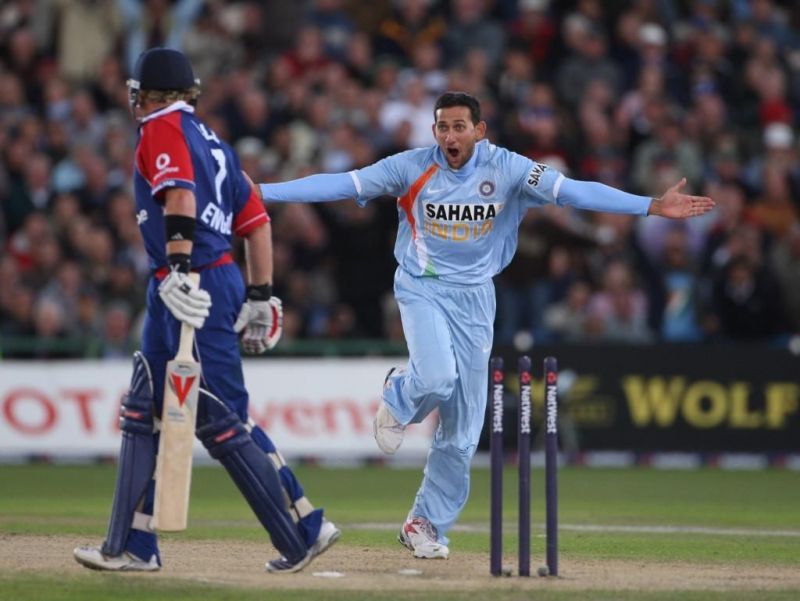
.
Interestingly enough, Ajit Agarkar, one of India's most successful pace bowlers, started his cricket career as a batsman. At the age-group level, Agarkar showed tremendous potential and even scored a triple century in a U16 match against St Xaviers. Around this time, he received an opportunity to bowl in a game and grabbed the opportunity with both hands, exhibiting a natural flair for the role.
As a result, Agarkar rose swiftly through the ranks and made his ODI debut in 1998 as a pace bowler. He went on to become a prolific wicket-taker for the cricket-loving nation. Bowling at speeds of more than 135 kmph and having an effective in-swinger to left-handers, Agarkar snared 215 wickets (288 overall) at an average of 28. 33 in the 21st century.
He was expensive at times, but the Mumbai-born bowler made up for his profligate tendency by taking wickets regularly. His excellent strike-rate of 32. 9 (meaning he took a wicket every 32 balls) is a shining proof of it.
A batting average of 14.6, though, is utterly underwhelming for Agarkar, considering his potential, but the right-hander was good enough to score a Test century at Lords.
Harbhajan Singh
.
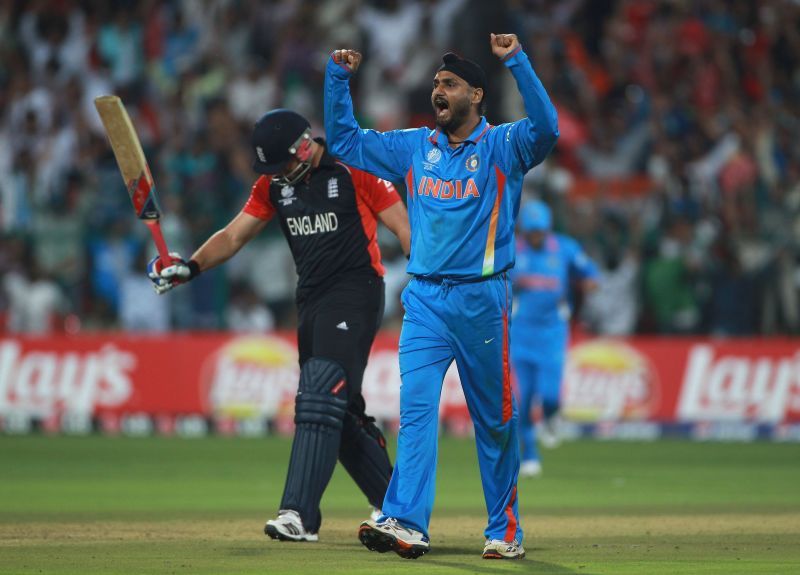
.
While Anil Kumble was unarguably India's most successful spinner of the 1990s, Harbhajan Singh took over that mantle in the 21st century. Thus the latter is chosen as the lone spinner of this XI.
Singh, a passionate cricketer who wore his heart on his sleeve, took 247 ODI wickets at an average of 33. 93. The Jalandhar man could generate turn and uncomfortable bounce to trouble opposition batsmen. In O.D. Is, he had an excellent economy rate of 4. 31 and could be depended on to keep the runs down.
The off-spinner's best bowling figures in an innings were 5-31, collected against England in March 2006. Singh's three five-wicket hauls are the joint-most by an Indian bowler in O.D. Is, the other being Javagal Srinath.
Mohammad Shami
.
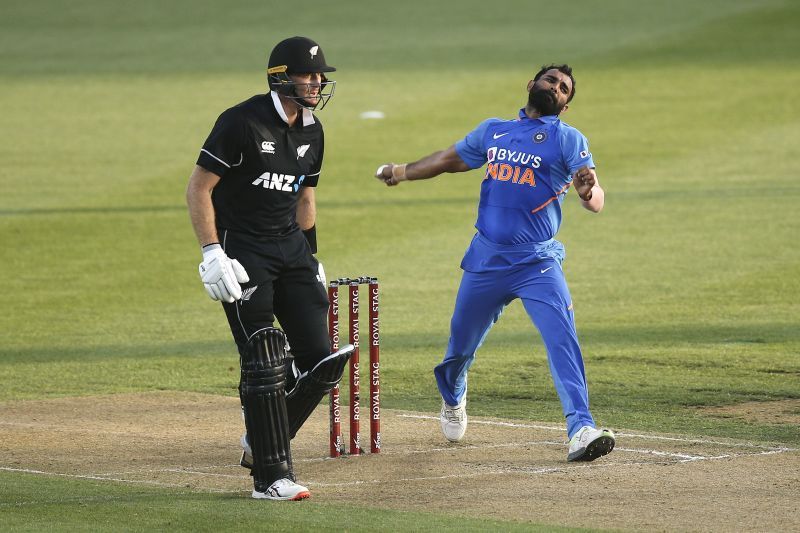
.
Mohammad Shami, one of the standout players of the current Indian team, is one of the complete bowlers in world cricket. His most apparent qualities are express pace, a toe-crushing yorker, and the ability to swing the ball both ways.
Shami is particularly dangerous when he gets the ball to swing. Thanks to an upright seam and a good wrist position, Shami can generate swing in conditions where a lot of other bowlers cannot.
Looking at his recent form, the last 16 months since January 2019 has been a particularly productive period for Shami (33 wickets at 23. 24). Highlights from this period include a haul of 3-19 from six overs against New Zealand and an excellent 2019 World Cup campaign where he snared 14 wickets.
His career stats read: 144 wickets in 77 matches at an average of 25. 42.
Zaheer Khan
.
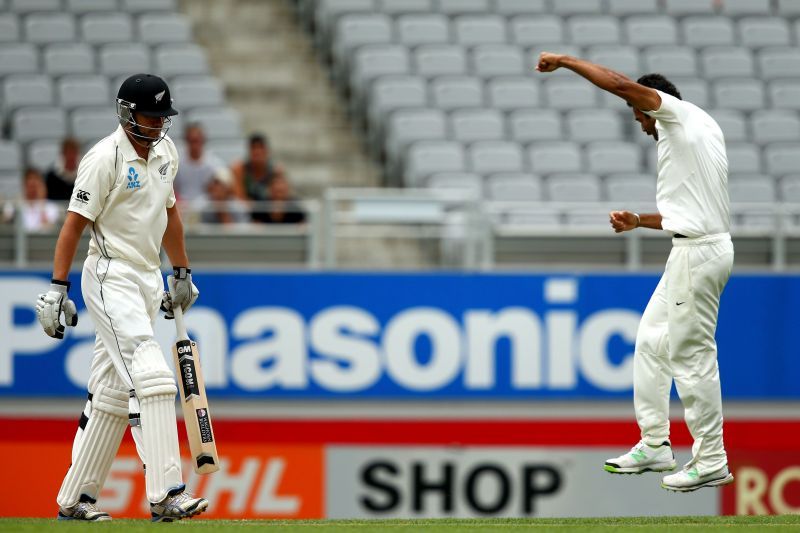
.
Zaheer Khan, the highest ODI wicket-taker for India this century, comes in at No. 11 on this list. Arguably one of the best left-arm Indian fast bowlers to have played the format, Khan took 282 wickets in 200 matches at an average of 29. 42. It is the most by any Indian fast bowler in ODIs behind Javagal Srinath (315) and Ajit Agarkar (288).
He made his ODI debut as a teenager against Kenya in October 2000 and impressed immediately, bowling at a good pace, and snaring three wickets for 48 runs. The highlight of his debut ODI series was a scorching in-swinging yorker, which skittled the stumps of Australian captain Steve Waugh.
Khan enjoyed an excellent first four years at the highest level before he experienced a slight dip in form. Sacrificing some of his pace for swing and adding new tricks to his armoury, such as the innovative knuckleball, the left-armer successfully re-invented himself.
Fondly called 'Zak' by his team-mates, Khan improved with age and experience. This is evident in his best years occurring between 2008 and 2011. The crowning point of this period was undoubtedly the 2011 World Cup win on home soil, where he played a significant role by scalping 21 wickets at 18. 76.